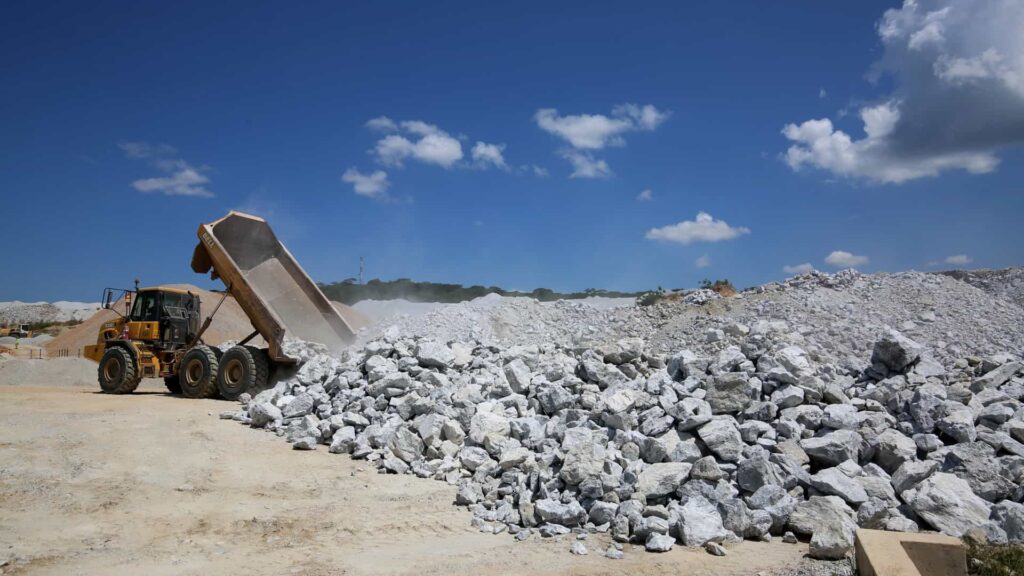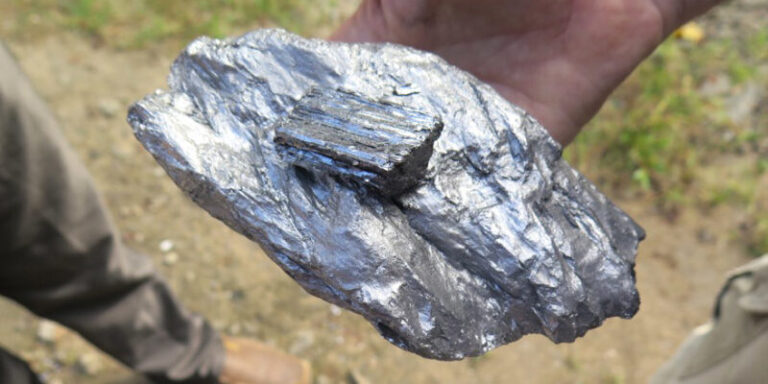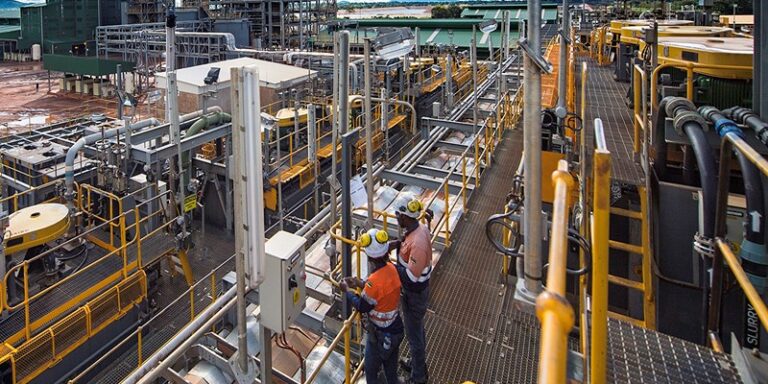
Zimbabwe’s lithium miners are urging the government to link royalty payments to metal prices, as a downturn in the market threatens the viability of investment projects.
In proposals submitted by the Chamber of Mines to Zimbabwe’s Ministry of Finance, miners argue that a price-linked royalty system would ensure that the government captures a higher share of revenue when lithium prices are high, while offering relief when prices fall.
Lithium prices have dropped from their peak in late 2022, driven by oversupply and weakening demand from the electric vehicle sector.
This price slump coincided with the imposition of higher royalties in Zimbabwe, impacting projects operated by companies such as China’s Chengxin Lithium Group and Sinomine Resource Group. Many of these projects are still in their early stages and have yet to recover their initial investments.
“The high royalty significantly affects the top line of these projects, threatening their financial viability,” said the Chamber of Mines.
Zimbabwe’s mining sector has lost $500 million in potential revenue due to power outages, with the country’s mineral earnings falling 1.1% to $2.6 billion in the first half of the year. Gold output declined 3%, platinum group metals dropped 1%, and lithium production fell by 9%.
Other recommendations from the Chamber of Mines include:
- For the platinum sector, a price-linked royalty scale: 3.5% up to $1,100/ounce, rising to 5% for $1,100-$1,400, 7% for $1,400-$2,000, and 8.5% above $2,000/ounce.
- An increase in the minimum retention of foreign currency earnings from 75% to 85%.
- A reduction in the power tariff to US9c/KWh, down from the current USc14.21/KWh, with a peak tariff of USc19/KWh, which miners argue is unaffordable.





